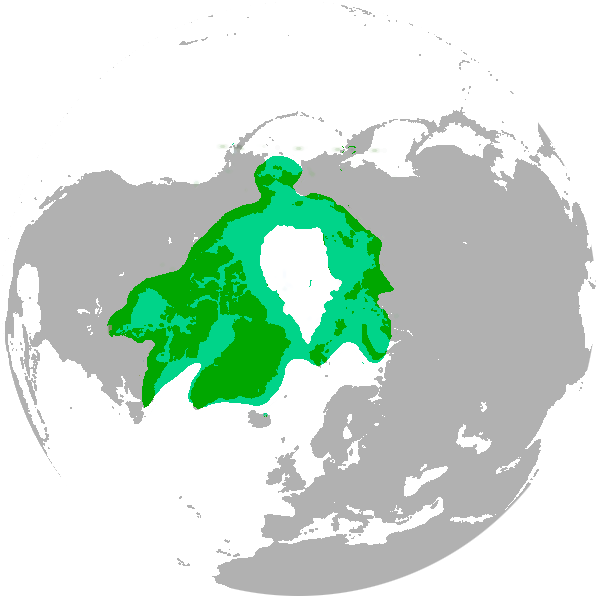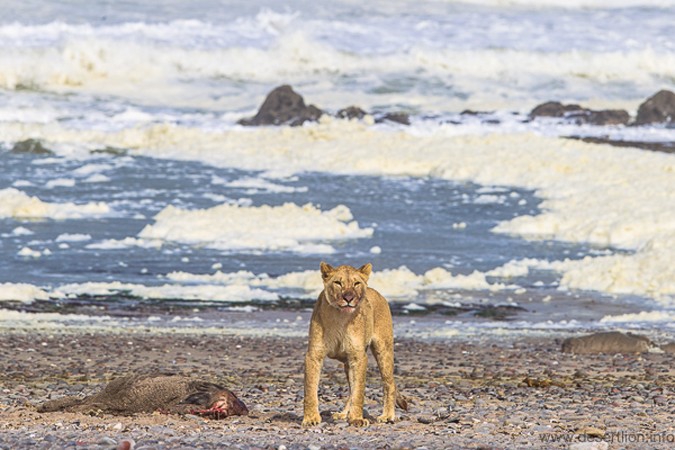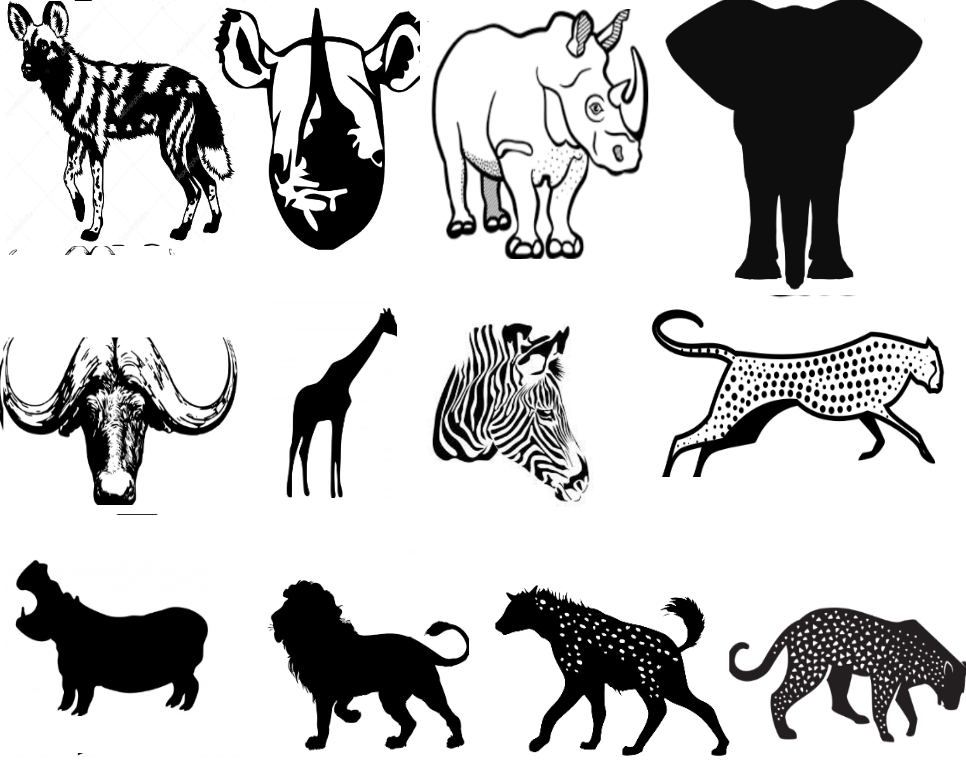These islands are relatively large, covering 1227 square km or 474 square miles. While in the past this island may well have had a permanent population of polar bears, these days, polar bears rarely come this close to Norway,

So what is the wildlife of Lofoten Islands?The Lofoten Islands are home to otters, foxes and whales, as well as moose on the larger islands. We have incredible trips out to see the orcas and humpbacks off the coast of Tromsø and Tromvik in the winter, where travelers spend a week swimming alongside these incredible creatures. Indeed, while whales can be seen from Lofoten islands, one needs a great deal of luck, they are not common enough to have whale watching boats.


